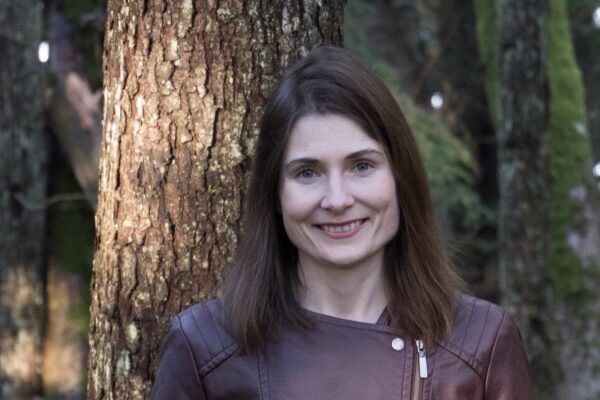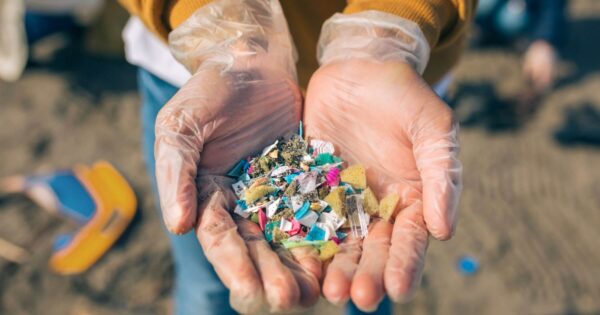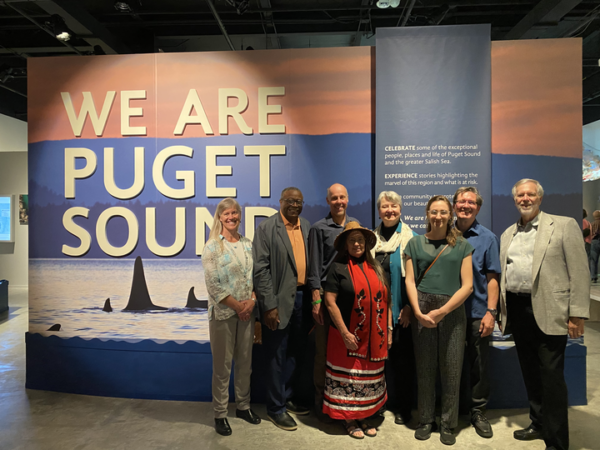Raw or partially treated sewage contains dangerous bacteria and other microorganisms that can contaminate shellfish beds and lead to severe illness, and tracing the source of pollution is difficult in water that moves in three dimensions. Every year recreational and commercial shellfish beds have to be closed down, and other closures impact people and businesses that rely on clean water. Marine sanitation devices that flush sewage directly into Puget Sound do not adequately kill off the microorganisms that make people sick.
Fortunately, over 97% of boaters already do the right thing, but not all boats properly dispose of their waste.
Fortunately, over 97% of boaters already do the right thing – they have marine toilets and tanks onboard to store sewage (called blackwater) while they’re on the water then pump out using shoreside stations at state parks, marinas, or docks. Mobile trucks and barges even meet ships on the water, and these companies serve the entire Puget Sound.
But not all boats properly dispose of their waste. Some boats dump sewage directly into Puget Sound. So for the past five years, the Department of Ecology has been evaluating whether to establish a No Discharge Zone in Puget Sound. When enacted, 220 commercial vessels will need to install tanks onboard and begin using pumpouts, joining the 3,400 commercial vessels that already properly manage sewage while on Puget Sound. These vessels cannot be forced to add tanks unless a No Discharge Zone is in place, although many companies have already adopted policies that prohibit discharging blackwater.
WEC and our partners at Friends of the Earth, Sierra Club, Puget Soundkeeper, and Futurewise strongly support establishing a No Discharge Zone. We think it’s important that all vessels do their part to clean up Puget Sound. The maritime community values Puget Sound and we’re confident that the remaining vessels will step up.
Stay tuned for a final public comment period this November, which is the last step needed to enact a No Discharge Zone. Thousands of WEC members took action during the 2016 EPA comment period process, and we’ll need your help yet again to ensure this common-sense protection is enacted.
Resources for Boaters: pumpoutwashington.org
SeaGrant, State Parks, and the Fish and Wildlife Service make it easy to find shoreside facilities at pumpoutwashington.org. The site includes helpful information, including how to get adapters to fit a range of vessels. New facilities are built every year, including the latest at the Port of Seattle that will serve the busy tugboat fleet in Elliott Bay – another great use of federal Puget Sound funds.



